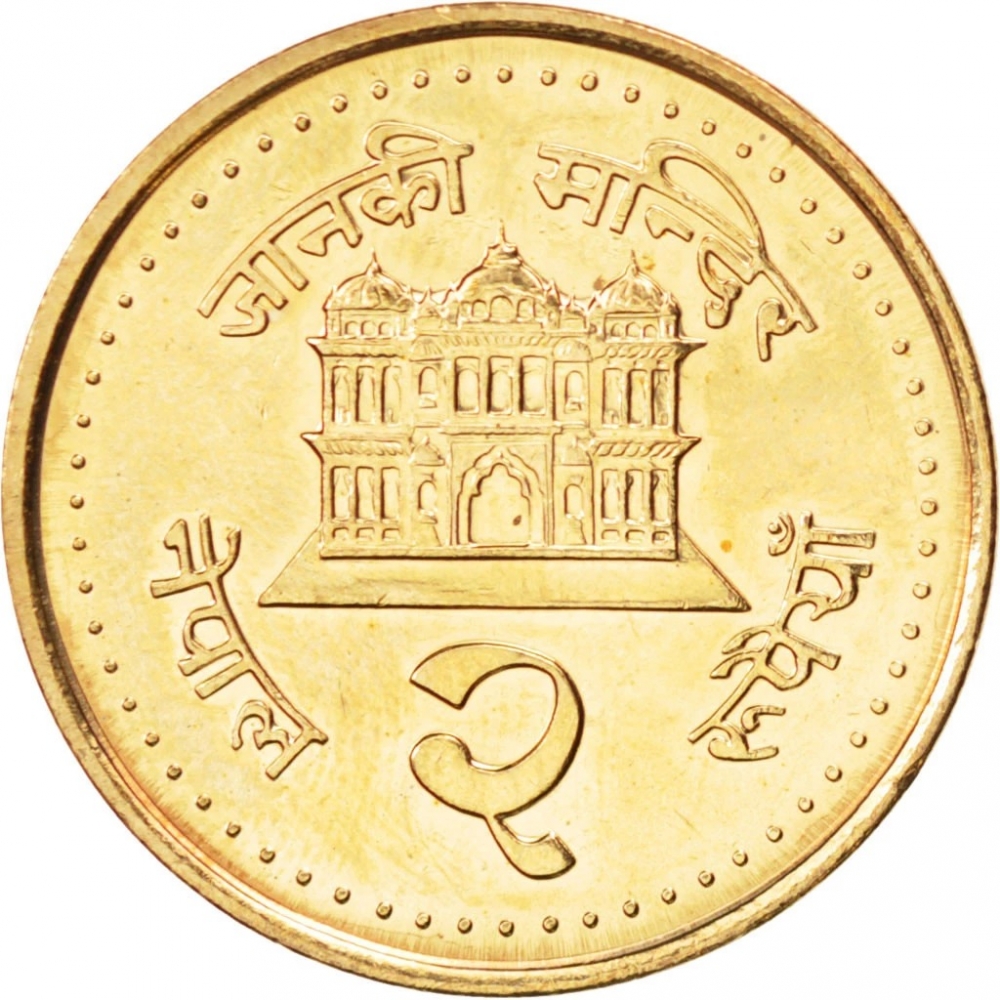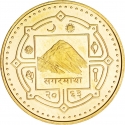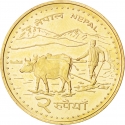You are about to finish your registration. Please check your mailbox (including spam folder). There should be a letter with a confirmation link. Check setting to make sure that your e-mail address is correct.
Send letter againDescription
Gyanendra Shah (born 7 July 1947) reigned as the last King of Nepal from 2001 to 2008 and is also known as the world's last Hindu King. His reign began due to the 2001 Nepalese royal massacre.
Gyanendra's second reign was marked by constitutional turmoil. His predecessor King Birendra had established a constitutional monarchy in which he delegated policy to a representative government. The growing insurgency of the Nepalese Civil War during King Gyanendra's reign interfered with elections of representatives. After several delays in elections, King Gyanendra suspended the constitution and assumed direct authority in February 2005, asserting that it would be a temporary situation to suppress the Maoist insurgency. In the face of broad opposition, he restored the previous parliament in April 2006. His reign ended approximately two years later, when the Nepalese Constituent Assembly declared Nepal a republic and abolished the monarchy.
Obverse

|
Traditional square design includes images of Padma (lotus), Chakra, Moon, Sun, Shankha (conch shell) and Gada (mace). Lettering is "His Majesty King Gyanendra Bir Bikram Shah", date below. श्री श्री |
|---|---|
Reverse

|
Janaki Mandir Temple above value, surrounded by the temple name, state name and value in Devanagari. जानकी मन्दिर |
| Edge |
2 Rupee
Magnetic
KM# 1151.1
Characteristics
| Material | Brass Plated Steel |
| Weight | 5.07 g |
| Diameter | 25 mm |
| Thickness | 1.6 mm |
| Shape |
|
| Alignment | Medal |
| Mint |
Kathmandu Mint
|



